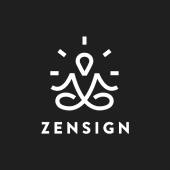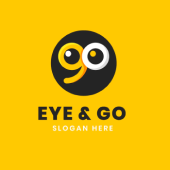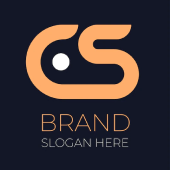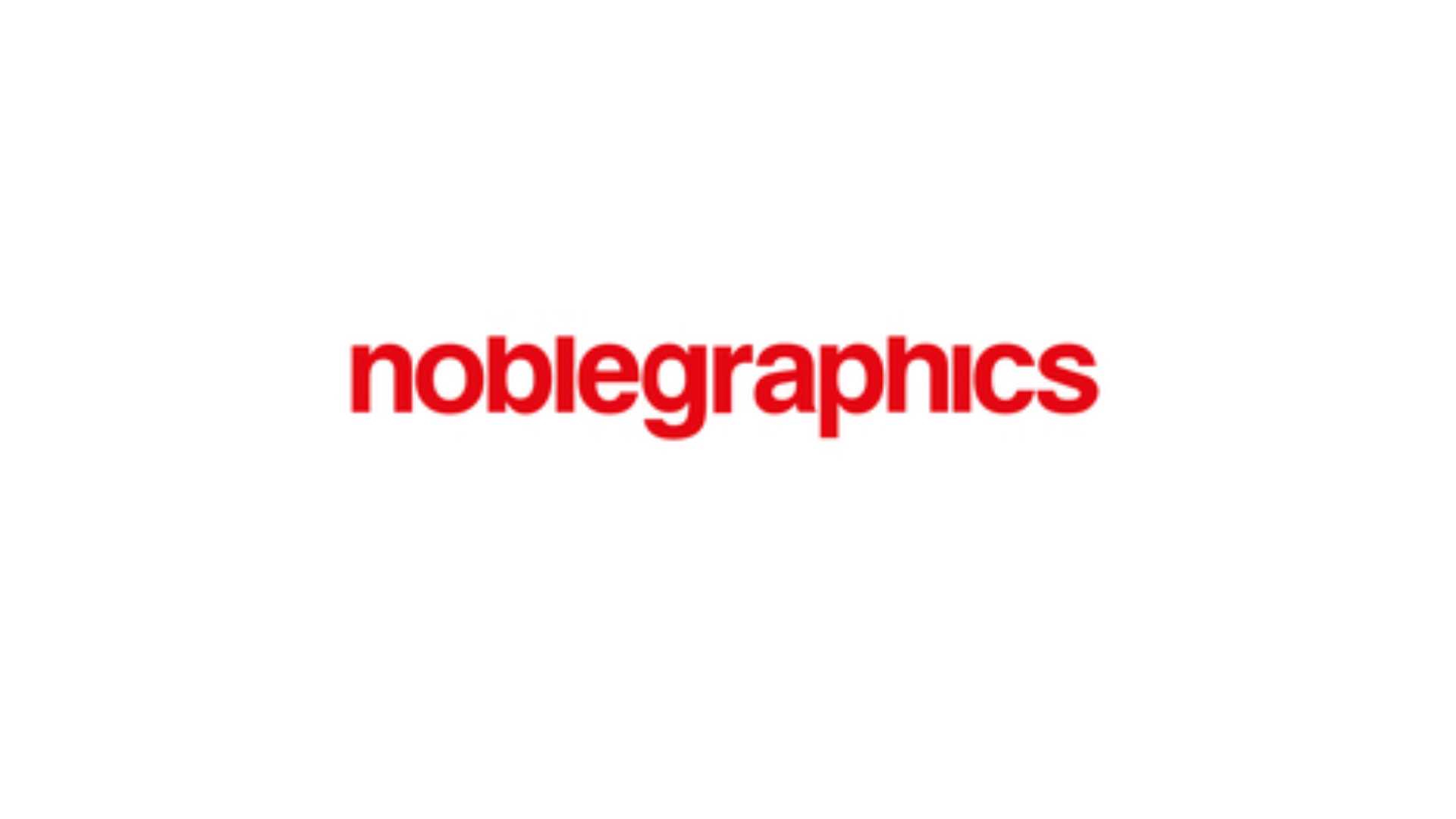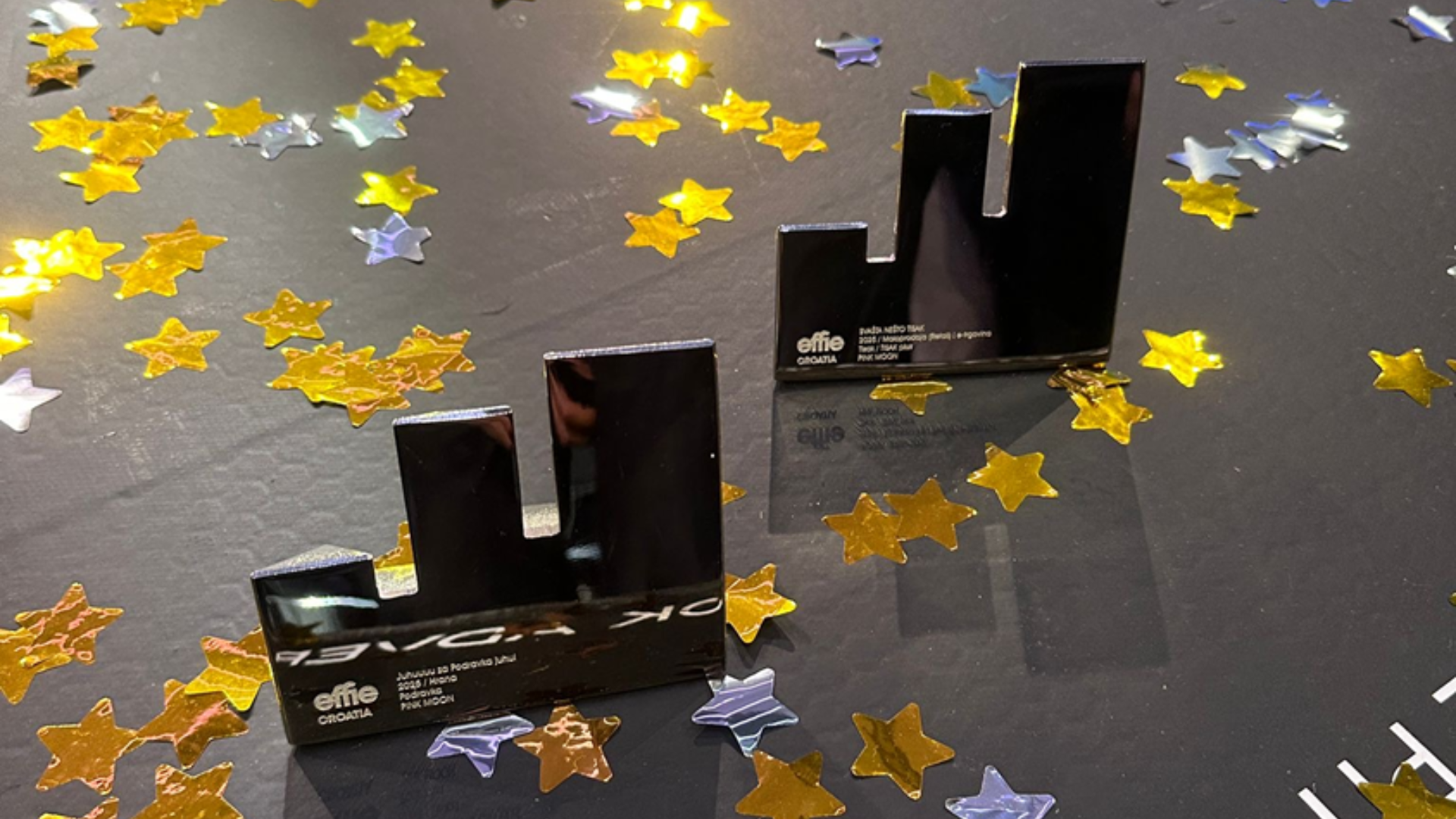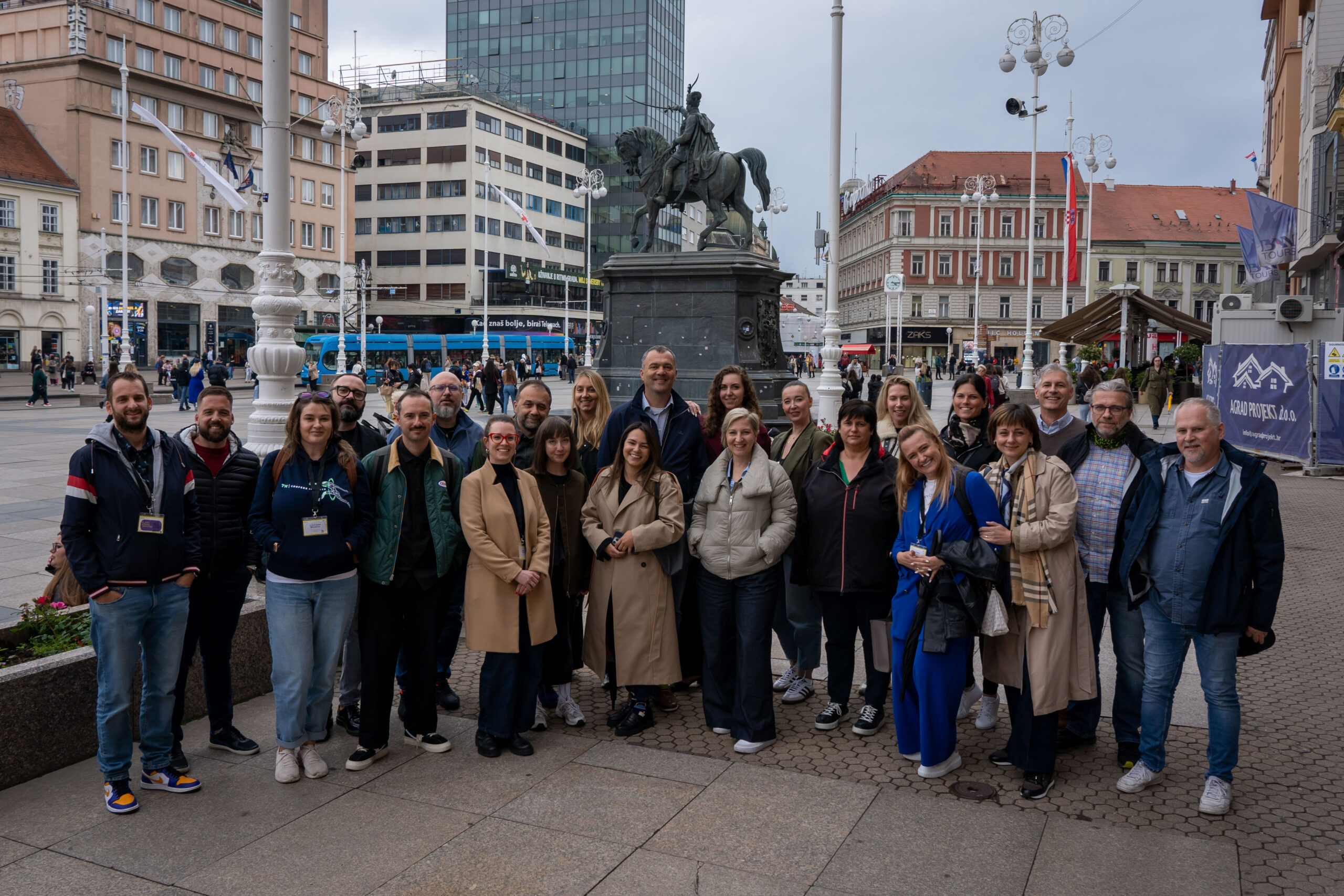TikTok is a relative newcomer in the world of social media, but with its short-video format it has gained users at an incredibly high pace, following controversies on many markets. Advertising on the platform is rather a new feature, but due to the short video format it also has some distinct features, and agencies in the CEE are still getting familiar with these.
But what is it to TikTok?
TikTok, owned by Chinese company ByteDance is the international version of the Chinese social media app Douyin, which was released in the Chinese market in September 2016, and in 2017 TikTok was launched for iOS and Android in most markets, but it only became available worldwide after merging with Musical.ly in August 2018. Corresponding to the mobile format, users can create vertical videos, which usually run for 15 seconds (up to 60 secs) before looping, and users can ‘duet’, ‘stich’ or comment on videos with music samples, stickers, filters, and other add-ons.
Soon after the app got so popular, that in 2019
it became the second most popular free app downloaded after Whatsapp, and in December 2020 the total number of downloads reached 2.6 billion. The number of users grows dynamically, but with TikTok not communicating user numbers regularly, there are only estimates of this number: now it probably
surpassed 1.1 billion globally.
Similarly to the app itself, its biggest stars follow a rather short route to fame. Charli D'Amelio, a 16-year-old US girl is currently the most followed person on the app, who was the first to reach 50, then 100 million followers in November 2020, and she’s the second highest earning TikTok personality with
grossing 4 million USD in 2020 – she uploaded her first video May 2019.
Concerns regarding the app
Besides its impressive success, TikTok had its fair share of scandals too. The video app faced backlash over concerns regarding
user privacy and
content censorship, but addiction and cyberbullying also emerged as visible problems, along with a now constant struggle of every social platform, children below the required age flocking to these sites. Fearing the national security of the United States, President Donald Trump
prompted ByteDance to sell its U.S. business, otherwise the app would face a ban. After holding talks with Microsoft, Walmart and Oracle about the sale, TikTok filed a lawsuit against Trump’s order, and it eventually won after two federal judges
ruled against the implementation of the restriction.
It was also questioned whether TikTok had properly addressed these allegations, since this can have an unpleasant impact on the platform, just as YouTube was pressured to adopt
better practices regarding children’s content,
force top influencers and
demonetise harmful creators. Jim Stannard, head of digital, the7stars
said: "As shown by the YouTube scandals, the world’s largest advertisers are prepared to pull or at least ‘pause’ spend if they deem necessary, and with TikTok still in its infancy it’s important to note that it’s much easier for brands to avoid an unproven platform altogether than it is to pull out of a platform that has already demonstrated its potential for returns."
Advertising advances anyway
These concerns seemingly did not affect the appeal of TikTok, users are flooding to the site, and on 25
th June 2020, TikTok launched its platform for businesses and marketers called ‘TikTok for Business’ and it promises brands numerous opportunities to reach their audience.
Flóra Burgony, YouTube Project Manager and Event Manager at Star Network explains the particularities of TikTok: there is an inherent need that creative materials adjust to the platform. By researching trending music samples, hashtags, and challenges, advertisers should cater to users, reflecting their consumption preferences. TikTok also encourages the involvement of influencers, who play a main role in boosting user-generated content, but the strategy remains the same: the product or service should be easily implemented into the influencer’s content.
There are various advertising solutions offered by TikTok:
- Brand Takeover ads appear full screen right after the user opens the app, and users can only skip after 3 second. This ad can be 3-5 seconds long without sound, or 5-60 secs with sound, where advertisers have guaranteed appearance and fixed rates. Targeting is also available within this type, but there is no guaranteed reach, and advertisers have a minimum required budget.
- Classic auction ads appear in the user’s feed, similarly to Instagram or Facebook ads. With this ad type advertisers can get much more precise: we can specify objectives (reach, conversion etc.) optimize (CPC, CPV, CPM etc.), and there are more than 10 targeting options to choose from. TikTok suggests that for this ad type advertisers should use at least 3 creatives and switch them weekly to meet users’ needs.
- The third category is creative ads. User Generated Content is a part of this type, which includes two features: Branded Effects Ads and Branded Hashtag Challenge. With the branded effects, brands can create custom stickers, filters, and special effects on TikTok, which can be further shared by the users organically or encouraged by the creator. Any brand can create a Branded Hashtag Challenge, but it is not guaranteed that it catches on, but by paying it can ensure that the hashtag will pop up on users’ Discover page.
The platform is praised for enabling consumers to interact with branded content, transforming them into brand storytellers through their short video-based content. These native videos can create positive user experience as the ads are considered less disruptive and advertisers also can benefit from this newer form with witty creatives and clear CTAs. Native video already
started to take some budget from pre-roll, and it is expected to grow at a bigger pace.
While TikTok for Business is not available everywhere, the platform offers educational material on their site about advertising opportunities and they have also
launched a virtual training called TikTok Ads Academy in South East Asia, which is a series of webinars made for media agencies.
TikTok advertising in the CEE
As mentioned before, TikTok for Business is not available in every country, in Central Eastern Europe currently agencies from Poland, Romania, the Czech Republic and Hungary can have access to it since December 2020, where TikTok has a reach of 13.5 million all together. However, more countries are expected to join in the nearer future, plus partner agencies have the opportunity to target to various countries as well.
Flóra Burgony told: “Brands are keen to appear on TikTok, and from abroad experiences User Generated Content is able to achieve the most engagement. According to a TikTok source, the beauty segment can highly benefit from the platform, and this resonates with a Hungarian experience: as Joy Magazine was one of the firsts to run a Brand Takeover ad, it drove so much traffic to their site that it resulted in the server crashing.”
Arnold Vieriu, Head of Social Media at Romanian Brandstalk (the group) described the popularity of the platform: “TikTok has become a phenomenon in Romania and has surpassed Instagram in terms of number of users. There are brands that have already chosen to communicate a lot on TikTok, even with dedicated campaigns, and most of them are from the FMCG industry, especially in the CSD segment, but also online fashion brands, which communicate to a great extent on TikTok with the help of the influencers present on there.” He also added that the range of TikTok is very wide, which facilitated brands to communicate actively, even on topics which are not as ‘sexy’, and they can draw in the younger audience through fun and engagement.
Jiří Pudil, Media Planner at CAN_Media in the Czech Republic says since it a new platform for the market, many brands are running pilot campaigns. “We know about mobile phone brands (Huawei) and mostly FMCG sector players, which focus mainly on ambassador programmes, as this is one of the easiest forms of adapting content to the market.”
Weronika Szwarc-Bronikowska, Vice President of Polish Media People told that in 2020 over 600 campaigns were implemented on the platform in the CEE, by the largest brands such as Lidl, McDonald's, L'Oréal and Samsung. In her experience, mostly international brands get a leg-up on advertising on TikTok as they've applied it more countries. "These are mostly brands from FMCG, technology, retail and finance categories. Last year, even Andrzej Duda, President of Poland decided to use the TikTok as part of his presidential campaign. All these campaigns are mainly focused on young target groups, TikTok in Poland has a reach of 71 % amongst people under 24."
The era of TikTok ads is yet to come
Although the app is quickly gaining popularity, advertisers in the CEE are still getting familiar with its features. The app enables users not only to interact with branded content but to transform it too, and brands have to keep up with the distinctive format and style of it. As only four countries have access to the TikTok for Business in the region, the true advertising breakthrough is still awaited but as Flóra Burgony explained TikTok grows and develops its features almost day to day, so we are interested to see what even the near future hold for the advertisers on this platform.


